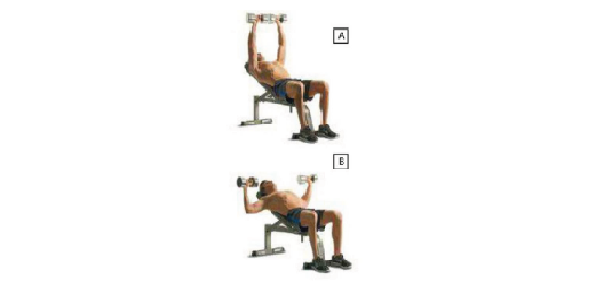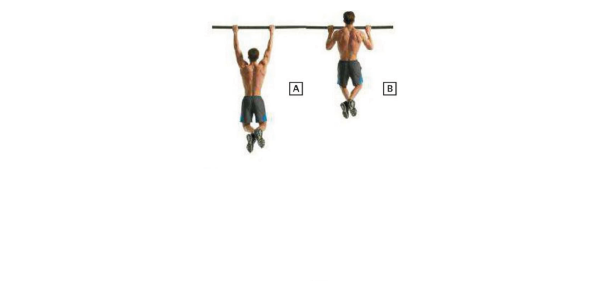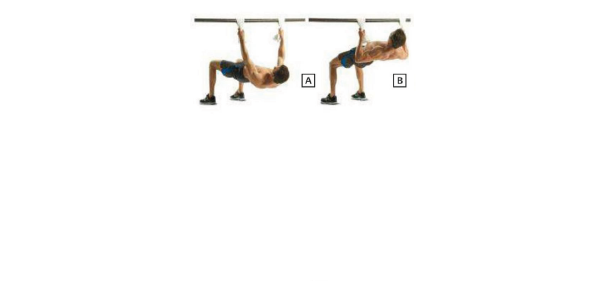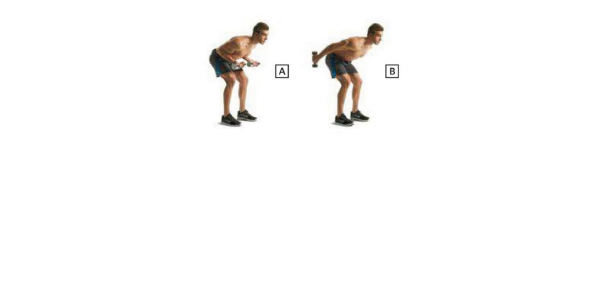Precautions must always be taken when lifting because safety is the most important aspect of any successful weight training program. Be safe first, then effective.
Lifting Weights
Weight training is safe for most people. There are few inherently dangerous exercises if training is done within the abilities of the trainee. Weight training becomes dangerous when trainees fail adherence to safety principles related to form and technique.Exercisers who injure themselves will not reap rewards associated to weight lifting, which commonly include a leaner body, better-fitting clothes, enhanced strength, confidence and self-image. Weight training also helps spike metabolism during rest causing increased caloric burn.
Benefits achieved through exercise is called training effect. The effect is defined as "an increase in the functional capacity of muscle and other body tissues resulting from stress (overload) placed on them." Unnecessary risks taken while exercising could halt the training effect and cause serious injury.
High Risk Exercises
There are some exercises that demand special attention due to the stress placed on the musculoskeletal system. Below is a brief description of potentially hazardous lifts as discussed by Professor Emeritus, Dr. Michael Yessis in the article Dangerous Exercises:- Sissy squats because of awkward forward positioning knees are placed in during the descent portion of the lift.
- Pec Dec Machine due to arm positioning on pads creating extreme pressure on anterior shoulder tissue when starting exercise.
- Leg extensions using heavy weights with thighs resting immobile on a bench place high stress on knees.
- Leg presses using moderately heavy weights put excessive pressure on spinal discs if knees come too close to chest during movement.
- Leg abduction on machine or while using a low cable pulley. This exercise is potentially dangerous if leg crosses the body to assume starting position. The hips rotate and drop awkwardly twisting and laterally flexing spine.
- Leg adduction with machine or while using low pulley. Danger increases when pulling the leg down and crossing over the support leg. This motion flexes and rotates the lumbar spine with injurious force if the weight is too heavy.
- Crunches or sit-ups while twisting the torso can rupture discs in the back due to shearing forces placed on spine in a rounded position.
- Rounding the back during the descent phase of dead lifts increases gravitational forces on the spine.
- Bent over lateral raises while seated puts increased pressure on spinal discs and if the back becomes rounded during the lift, spinal ligaments could damage.
- The squat and hack squat, excellent overall lifts for the entire body become potentially hazardous when an incline is placed under the heels. The incline moves the knees too far forward creating forces that could wreck the knees.




















0 comments:
Post a Comment